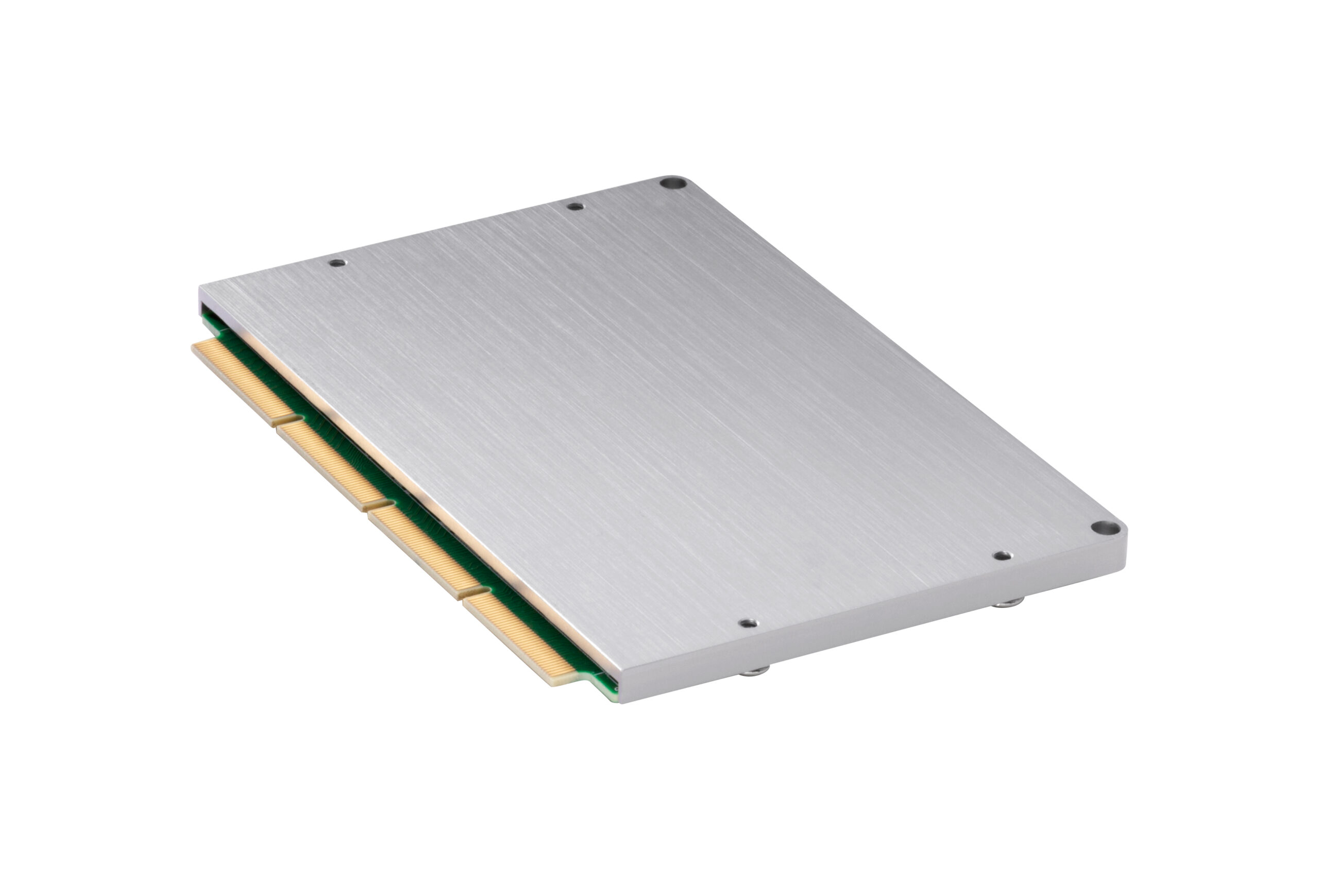HARD BAY BELM12HBV516W ELEMENT/ONLY
Additional information
| Processor family | |
|---|---|
| Processor boost frequency | |
| Internal memory | |
| Memory channels | |
| Internal memory type | |
| Number of displays supported | |
| Processor cache type | |
| Cabling technology | |
| ECC | |
| Processor cache | |
| Thunderbolt 4 ports quantity | |
| Ethernet LAN | |
| Processor model | |
| Configurable TDP-down | |
| Processor manufacturer | |
| On-board graphics card ID | |
| On-board graphics card family | |
| Processor threads | |
| Supported memory types | |
| On-board graphics card model | |
| Processor generation | |
| Bluetooth version | |
| Trusted Platform Module (TPM) | |
| Status | |
| Intel ME Firmware Version | |
| Ethernet LAN data rates | |
| Compatible operating systems | |
| Fanless | |
| Wi-Fi standards | |
| Bluetooth | |
| DisplayPorts quantity | |
| Wi-Fi | |
| Memory clock speed | |
| Intel Flex Memory Access | |
| Discrete graphics card | |
| Operating system installed | |
| Execute Disable Bit | |
| Embedded options available | |
| HDMI ports quantity | |
| Processor ARK ID | |
| Depth | |
| Product colour | |
| Height | |
| Width | |
| On-board graphics card | |
| Harmonized System (HS) code |
Intel® Virtualization Technology for Directed I/O (VT-d) ‡
Intel® Virtualization Technology for Directed I/O (VT-d) continues from the existing support for IA-32 (VT-x) and Itanium® processor (VT-i) virtualization adding new support for I/O-device virtualization. Intel VT-d can help end users improve security and reliability of the systems and also improve performance of I/O devices in virtualized environments.
Intel® ME Firmware Version
Intel® Management Engine Firmware (Intel® ME FW) uses built-in platform capabilities and management and security applications to remotely manage networked computing assets out-of-band.
Intel® Virtualization Technology (VT-x) ‡
Intel® Virtualization Technology (VT-x) allows one hardware platform to function as multiple “virtual” platforms. It offers improved manageability by limiting downtime and maintaining productivity by isolating computing activities into separate partitions.
TPM
Trusted Platform Module (TPM) is a component on the desktop board that is specifically designed to enhance platform security above-and-beyond the capabilities of today’s software by providing a protected space for key operations and other security critical tasks. Using both hardware and software, the TPM protects encryption and signature keys at their most vulnerable stages – operations when the keys are being used unencrypted in plain-text form.
Intel® Trusted Execution Technology ‡
Intel® Trusted Execution Technology for safer computing is a versatile set of hardware extensions to Intel® processors and chipsets that enhance the digital office platform with security capabilities such as measured launch and protected execution. It enables an environment where applications can run within their own space, protected from all other software on the system.


